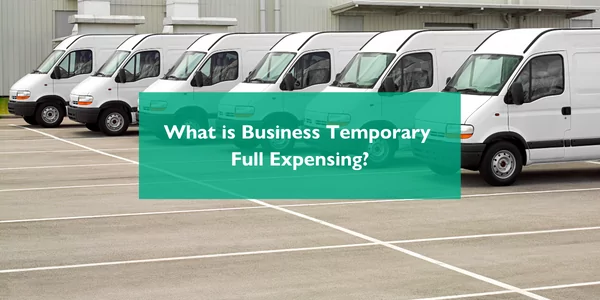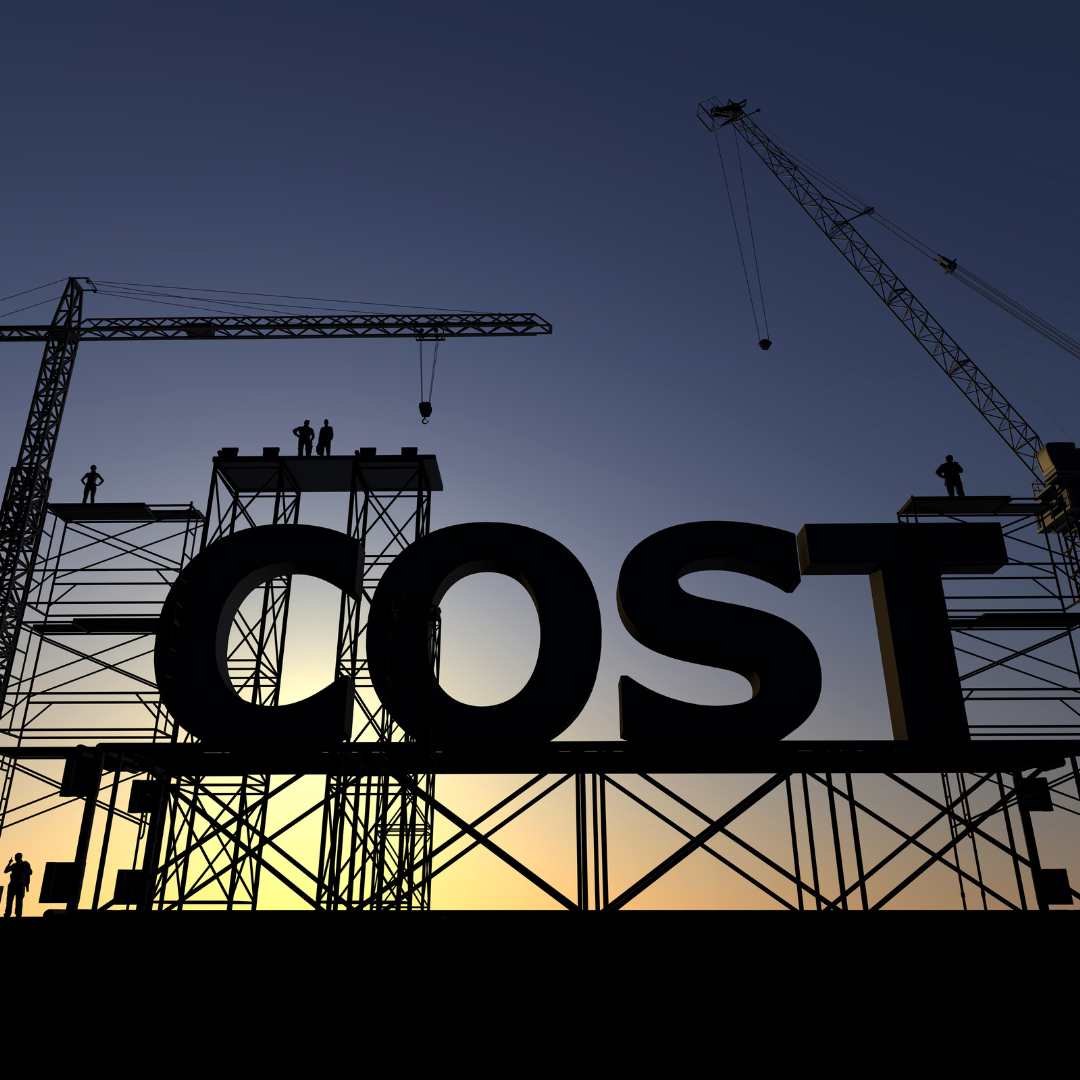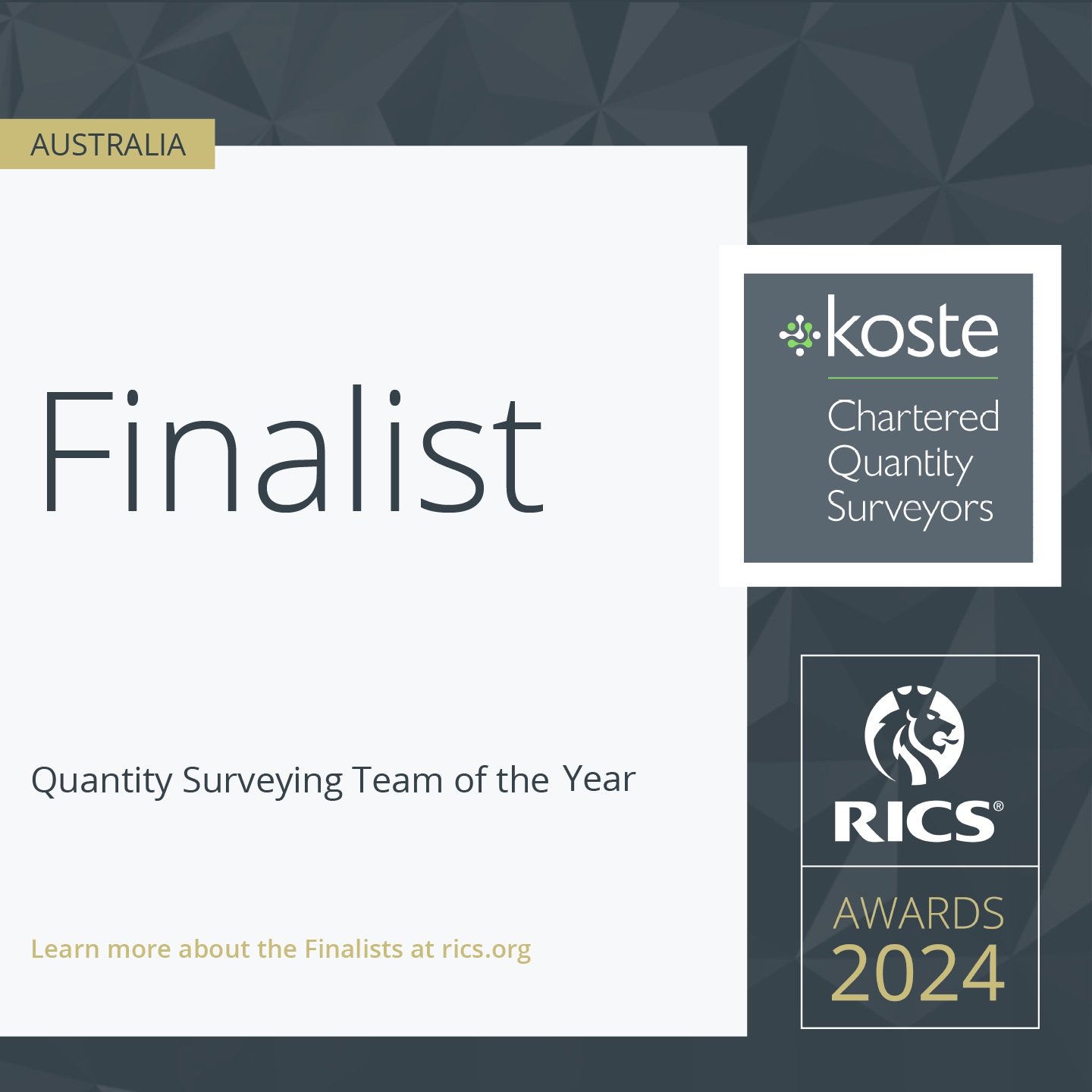
What is Business Temporary Full Expensing?
Temporary full expensing is a tax policy that allows businesses in Australia to immediately write off the cost of eligible new assets that they purchase and install. This means that businesses can claim the full amount of the asset as a deduction in the year that they purchase it, rather than having to spread the deduction out over several years through depreciation. This policy is intended to provide a financial boost to businesses and encourage them to invest in new assets and equipment, which can help drive economic growth and create jobs. It is a temporary measure that is currently in place for a limited time.
Who can claim temporary full reimbursement?
To be eligible to claim temporary full expensing, a business must meet the following criteria:
- The business must be an “eligible entity”, which includes companies, trusts, partnerships, and sole traders.
- The asset must be new and must be purchased and installed between 7:30 p.m. AEST on October 6, 2020, and June 30, 2023.
- The asset must be used for business purposes and not for private or domestic use.
- The asset must not have been previously used or installed ready for use by another entity, either in Australia or overseas.
- The asset must be one of the following types:
- A depreciating asset
- A structural improvement to a building that is a depreciating asset
- A construction expenditure for a new building that is a depreciating asset
If a business meets these criteria, it may be eligible to claim temporary full expensing for the cost of eligible assets that it purchases and installs during the specified time period.
What is the difference between temporary full expense and instant asset write-off?
“Temporary full expensing” and “instant asset write-off” refer to two different tax policies that were implemented in Australia.
The instant asset write-off is a tax policy that allows businesses to immediately write off the cost of eligible assets that they purchase and install, up to a certain threshold. The threshold is the maximum amount that a business can claim as a deduction in the year that they purchase the asset. The instant asset write-off was originally introduced as a temporary measure to stimulate business investment and economic growth in response to the COVID-19 pandemic.
Temporary full expensing is similar to the instant asset write-off, but the main difference is that it allows businesses to claim the full cost of eligible assets as a deduction in the year that they purchase them without any upper threshold. This means that businesses can claim a deduction for the entire cost of the asset, regardless of how much it costs.
Both temporary full expensing and the instant asset write-off are intended to provide a financial boost to businesses and encourage them to invest in new assets and equipment. However, temporary full expensing is a more generous policy as it allows businesses to claim a deduction for the full cost of the asset, while the instant asset write-off has a threshold that limits the amount that a business can claim as a deduction.
On what dates were both policies introduced?
The instant asset write-off has been in place in Australia since the COVID-19 pandemic began. It was originally introduced as a temporary measure to stimulate business investment and economic growth, and the threshold for the instant asset write-off has been increased several times since it was first introduced.
The current threshold for the instant asset write-off is AUD150,000, and it applies to assets that are purchased and installed from 7:30 p.m. AEST on October 6, 2020, to June 30, 2023.
Temporary full expensing is a more recent policy that was announced in the 2020–21 Federal Budget. It allows businesses to immediately write off the full cost of eligible new assets that they purchase and install from 7:30 p.m. AEST on October 6, 2020, to June 30, 2023.
Here are a few examples of how temporary full expensing and the instant asset write-off might be used by businesses in Australia:
Example 1:
A small business owner purchases a new piece of equipment for their business for $100,000. Under temporary full expensing, the business owner can claim the full cost of the equipment (AUD 100,000) as a deduction in the year that they purchased it. This means that the business will pay less tax in that year, which can provide a financial boost to the business.
Example 2:
A medium-sized business buys a new fleet of vehicles for their business for a total cost of AUD500,000. Under the instant asset write-off, the business can claim a deduction for the cost of the vehicles up to the current threshold of AUD150,000 in the year that they were purchased. The remaining cost of the vehicles (AUD 350,000) would be claimed as a deduction through depreciation over several years.
Example 3:
A large business invests in a new manufacturing plant for their business, which costs AUD1 million. Under temporary full expensing, the business can claim a deduction for the full cost of the plant (AUD 1 million) in the year that it was purchased. This provides a significant financial benefit to the business and may encourage them to invest in other new assets and equipment in the future.
Can I claim temporary full expensing on secondhand assets?
Temporary full expensing is only available for new assets that are purchased and installed between 7:30 p.m. AEST on October 6, 2020, and June 30, 2023. It is not available for second-hand assets.
Second-hand assets may, however, be eligible for the instant asset write-off if they meet the relevant criteria. To be eligible for the instant asset write-off, a second-hand asset must be:
- Purchased and installed between 7:30 p.m. AEST on October 6, 2020, and June 30, 2023.
- Used for business purposes and not for private or domestic use.
- Not previously used or installed, ready for use by another entity, either in Australia or overseas.
- An asset of one of the following types:
- A depreciating asset
- A structural improvement to a building that is a depreciating asset
- A construction expenditure for a new building that is a depreciating asset
The instant asset write-off allows businesses to claim a deduction for the cost of eligible assets up to a certain threshold. The current threshold for the instant asset write-off is AUD150,000, and it applies to assets that are purchased and installed from 7:30 p.m. AEST on October 6, 2020, to June 30, 2023.
If a business meets these criteria, they may be able to claim an instant asset write-off for the cost of the second-hand asset up to the current threshold. The business would need to claim the deduction through depreciation for the remaining cost of the asset over several years.
Here are a few examples of second-hand assets that may be eligible for the instant asset write-off:
- A used printing press that a business purchases to use in its printing business
- A second-hand forklift that a business buys to use in its warehouse
- A used commercial kitchen that a restaurant purchases to use in its business
- A second-hand office chair that a business buys for its employees to use.
It’s important to note that the eligibility of a second-hand asset for an instant asset write-off will depend on the specific circumstances of the asset and the business. It’s a good idea for businesses to consult with a tax professional to determine whether their second-hand assets are eligible for the instant asset write-off.
As a business, should I temporarily incur full expenses or use simplified depreciation rules?
Temporary full expensing and simplified depreciation rules are two different tax policies that are available to businesses in Australia.
Temporary full expensing allows businesses to immediately write off the full cost of eligible new assets that they purchase and install from 7:30 p.m. AEST on October 6, 2020, to June 30, 2023. This means that businesses can claim the full amount of the asset as a deduction in the year that they purchase it, rather than having to spread the deduction out over several years through depreciation.
Simplified depreciation rules, on the other hand, provide businesses with an accelerated depreciation schedule for certain assets. Under these rules, businesses can claim a larger deduction for the depreciation of an asset in the early years of its life, which can provide a financial benefit to the business.
The benefit of claiming temporary full expensing over simplified depreciation rules will depend on the specific circumstances of the business and the assets that they are purchasing. In general, temporary full expensing may be more beneficial for businesses that are able to make a larger upfront investment in new assets, as it allows them to claim a deduction for the full cost of the asset in the year that it is purchased. Simplified depreciation rules may be more beneficial for businesses that are unable to make a large upfront investment, as they allow them to claim a larger deduction for the depreciation of the asset in the early years of its life.
It’s a good idea for businesses to consult with a tax professional to determine which tax policy is most beneficial to them. Please also reach out to our team here at Koste for more information.
[gravityform id=”2″ title=”true” description=”true”

